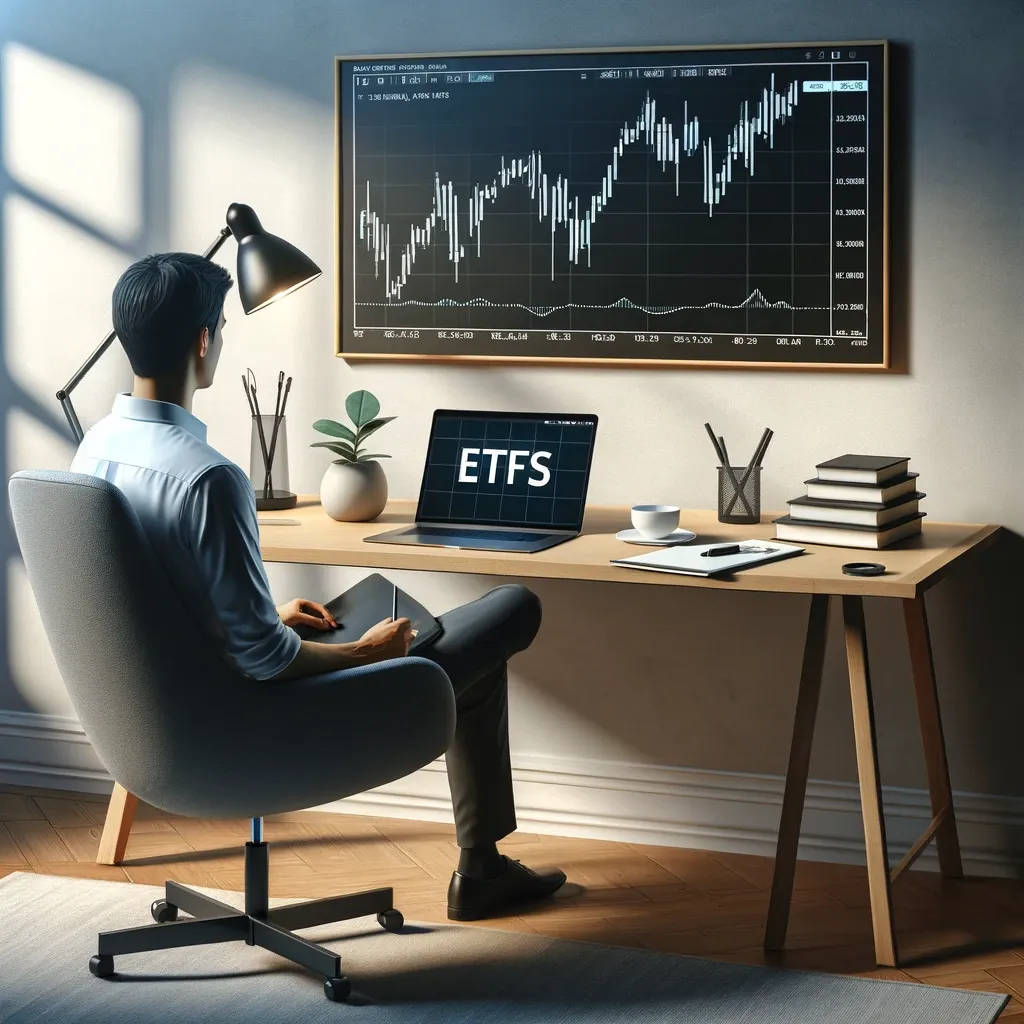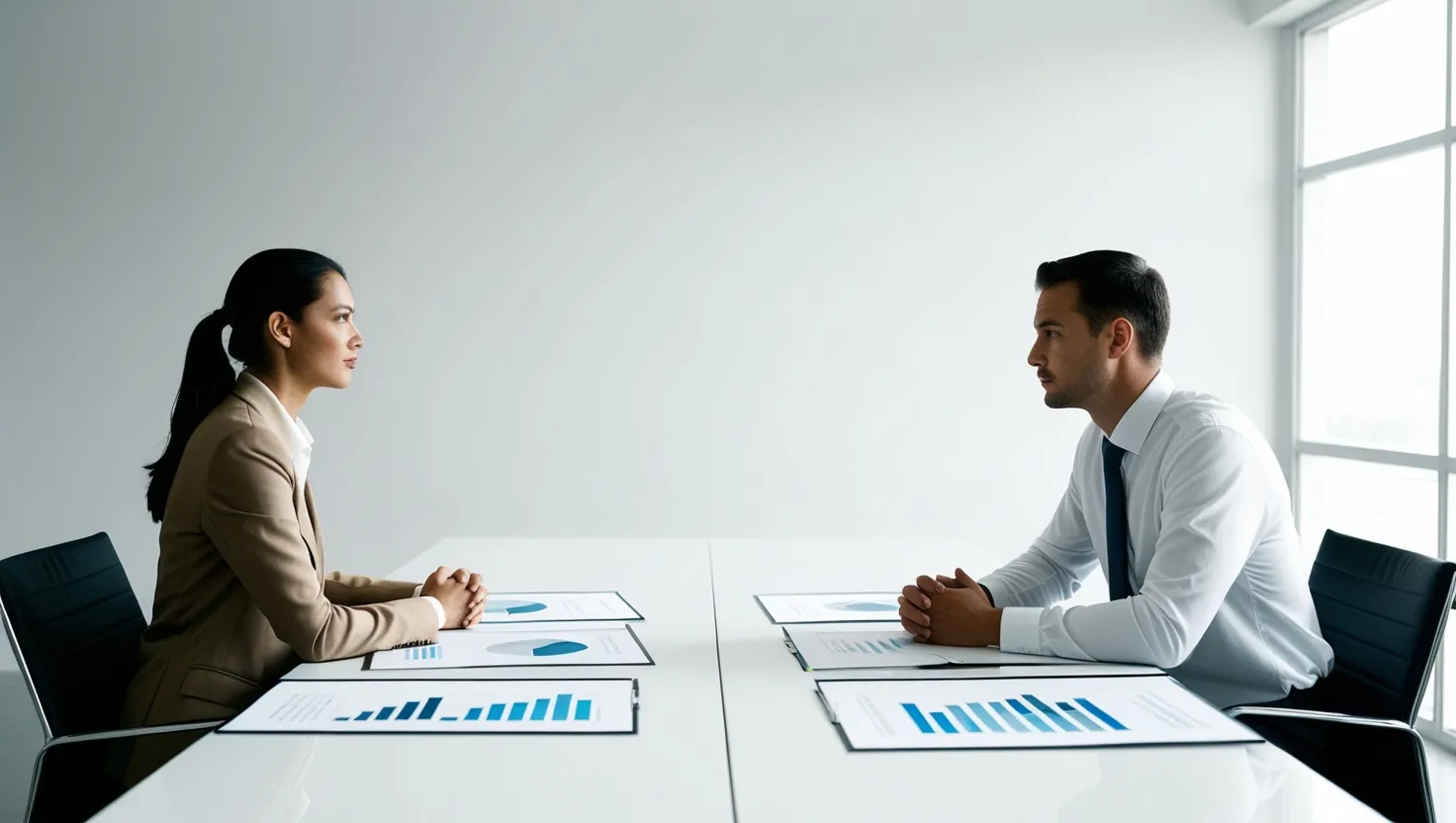Know the difference:
An Exchange-Traded Fund (ETF) is a type of investment fund that holds a collection of assets such as stocks, bonds, or commodities, and is traded on stock exchanges. ETFs are designed to track the performance of a particular index, sector, commodity, or other asset, but can be bought and sold like a stock through a brokerage account. This trading flexibility allows prices to fluctuate throughout the day based on supply and demand.
A mutual fund is an investment vehicle made up of a pool of funds collected from many investors for the purpose of investing in securities such as stocks, bonds, money market instruments, and other assets. Mutual funds are managed by professional money managers, who allocate the fund's assets and attempt to produce capital gains or income for the fund's investors. The portfolio of a mutual fund is structured and maintained to match the investment objectives stated in its prospectus.
Why ETF Investments makes more sense:
Expense Ratios and Fees:
Mutual funds typically have higher expense ratios than ETFs. This is largely due to the active management style of many mutual funds, where fund managers actively select investments with the goal of outperforming a benchmark index.
The expense ratio of mutual funds covers the cost of hiring fund managers and a research team, along with other operational expenses.
Passive management is a strategy where the fund manager or the algorithms and systems which manages a fund, makes minimal adjustments to the portfolio over time. It typically involves following a specific index or benchmark, with the goal of replicating its performance, rather than trying to outperform it.
Transparency:
Exchange-Traded Funds (ETFs) are known for their adherence to specific indices, sectors, commodities, or other assets, which ensures a high level of transparency in their holdings. When an ETF includes a particular stock, it's a direct reflection of that stock's presence in the corresponding index. This clear correlation ensures that each holding in an ETF has a defined purpose and is part of a well-structured investment strategy.
In contrast, mutual funds, which are managed by professional fund managers, present a different scenario. The composition of a mutual fund is significantly influenced by the fund manager's discretion, insights, and biases. This can sometimes obscure the rationale behind the inclusion of certain assets in the fund. While the majority of fund managers operate with integrity, aiming to optimize the fund's performance, there have been instances where less scrupulous managers have made investment decisions for personal gain or other non-strategic reasons.
It's important to note that the mutual fund industry is subject to strict regulations and oversight by financial watchdogs. These regulatory bodies aim to prevent and identify any unethical practices, ensuring that the interests of investors are safeguarded. However, despite these measures, the potential for subjective decision-making in mutual funds cannot be completely eliminated, highlighting a distinct contrast in transparency and objectivity when compared to ETFs.
Underlying Asset Price:
Investing in certain assets, especially those with high individual prices, can be financially challenging for many investors. A prime example is gold, a popular but sometimes costly investment. For individuals who find the direct purchase of gold prohibitively expensive, Gold ETFs (Exchange-Traded Funds) offer a more accessible alternative.
Here is an example. Gold, traditionally a sought-after asset for investors, often comes with a high price tag when purchased directly as bars, coins, or jewelry. This high cost can place it out of reach for many individual investors.
In contrast, Gold ETFs (Exchange-Traded Funds) offer a significant advantage, especially when considering the minimum purchase requirements for physical gold. In many countries, including India, the smallest quantity of physical gold that can typically be bought is 1 gram. This minimum requirement can be a financial barrier for some investors, as the cost of 1 gram of gold can still be substantial.
Golden Security: Safeguarding Your Future with Gold
Diversification:
ETFs offer a broad array of options for diversification. They can cover various sectors, industries, geographical regions, and asset classes (stocks, bonds, commodities). This variety allows investors to diversify their portfolio across different market segments.
While mutual funds do provide opportunities for diversification, it's important to recognize that the extent and nature of this diversification are largely dictated by the decisions of the fund manager, especially in actively managed funds. The expertise and strategic choices of the fund manager play a pivotal role in determining the asset allocation and selection.
However, this active management approach can potentially introduce biases, either consciously or subconsciously, on the part of the manager. Consequently, while the portfolio may appear diversified across various sectors or asset classes, the actual diversification might not be as robust or as aligned with the investor's specific risk tolerance and investment goals as it could be in a more objectively managed portfolio.
This underscores the need for investors to carefully evaluate the management strategy and track record of a mutual fund to ensure it aligns with their diversification objectives and investment philosophy.
Mutual Fund Managers and Biases
Mutual funds are often actively managed by fund managers whose decisions about asset allocation, stock picking, and timing can significantly influence the fund's performance. These decisions are inherently subject to human biases.
These biases can impact the level and effectiveness of diversification in a mutual fund. A manager's preference or aversion to certain sectors, asset classes, or geographical regions can lead to a portfolio that may seem diversified on the surface but is actually skewed towards specific investments or market views.
On the other hand, Many ETFs are passively managed and follow a specific index or set of rules. This approach minimizes human intervention in the decision-making process, relying instead on a predetermined formula.
Since ETFs often use automated systems or algorithms to replicate the performance of an index, they are generally free from the individual biases that can affect actively managed mutual funds. The investment decisions are based solely on the rules defined for tracking the index.
Types of ETFs:
Investment firms employ innovative strategies to develop new Exchange-Traded Funds (ETFs), catering to a diverse range of investor interests and market segments. Predominantly, ETFs can be categorized into the following types, each designed to serve specific investment objectives and preferences:
1. Stock ETFs
Stock ETFs consist of a portfolio of stocks and aim to replicate the performance of a specific index or sector of the stock market. They offer exposure to a particular segment of the equity market, such as technology, healthcare, or finance.
2. Bond ETFs
Bond ETFs invest in various types of bonds and fixed-income securities. They offer exposure to different segments of the bond market, including government bonds, corporate bonds, and municipal bonds, with varying maturities and risk levels.
3. Commodity ETFs
Commodity ETFs provide exposure to commodities, such as gold, oil, or agricultural products. They are a way for investors to invest in physical commodities without having to hold the actual physical commodity.
4. Currency ETFs
Currency ETFs track the performance of a single currency or a basket of currencies. These ETFs are used to gain exposure to foreign currencies, hedge against currency risks, or speculate on currency movements.
5. Industry/Sector ETFs
These ETFs offer targeted exposure to specific industries or market sectors, like technology, energy, or consumer goods. They allow investors to invest in particular market segments they believe will perform well.
6. International/Global ETFs
International ETFs invest in stocks and securities from various countries around the world, excluding the investor's home country. Global ETFs, on the other hand, include investments from anywhere in the world, including the investor's home country.
Author’s Take:
At Investment Central, we have previously highlighted the strengths and adaptability of index funds, emphasizing their significance for our investors. An index fund is primarily a type of ETF (Exchange-Traded Fund) that meticulously tracks major global indexes. For those who may have missed it, we encourage you to read our detailed article on index funds.
Value Investing
Index Funds: A Smart Investor's Guide to Market Success
Nithin Bharadwaj • Jan 2, 2024

Understanding Index Funds Index funds are a type of mutual fund or exchange-traded fund (ETF) with a portfolio constructed to match or track the components of a financial market index, such as the S&P 500, FTSE 100, or Nifty 50. They are designed to provide broad market exposure, low operating expenses, and low portfolio turnover.
Read full story →
In the aforementioned discussion, we delved into the extensive benefits that ETFs offer. These advantages include their generally lower expense ratios, high level of transparency, broad diversification options, and the elimination of biases typically associated with active fund management. Such attributes render ETFs an appealing choice for investors of various types. Furthermore, ETFs are exceptional tools for crafting an "all-weather" investment portfolio. Stay tuned for our upcoming article on developing a resilient all-weather portfolio, where we'll explore this concept in greater depth.






